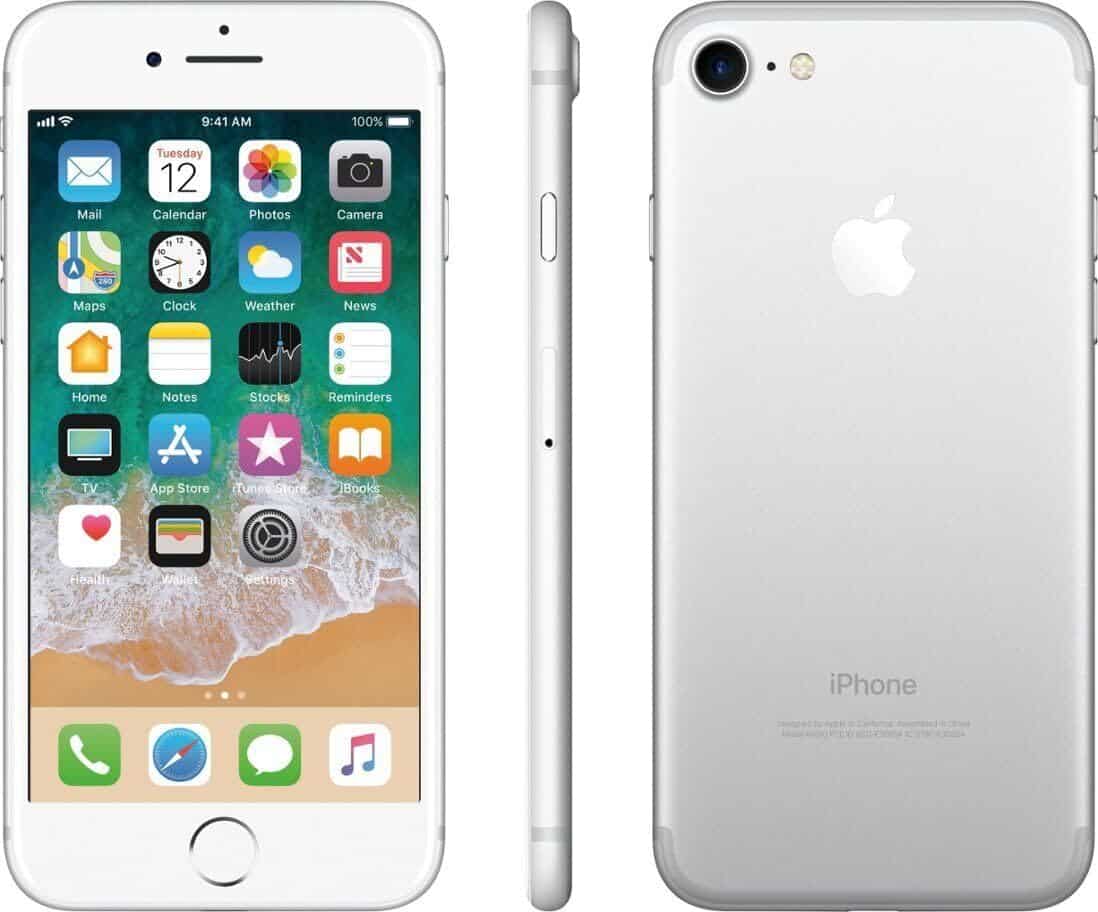The iPhone 7 home button is a solid-state sensor that includes Touch ID functionality, making it more complex than earlier models. Replacing the home button on the iPhone 7 without breaking it requires careful attention to details and using the right tools. Most replacement home buttons won’t work due to the unique pairing with the device’s logic board.
If your iPhone 7 home button stops working, it’s crucial to determine whether the problem is hardware or software-related. Start by testing the home button in different apps and making sure your software is up to date. If the issue persists, following a detailed repair guide can help you restore your phone’s functionality.
Opting to repair the home button yourself can save time and money. Always use a high-quality repair guide and follow the steps precisely to avoid further complications. With the right approach, you can successfully fix your iPhone 7 home button.

iPhone 7 Home Button: Repair Guide
Understanding the Problem
The iPhone 7 home button is not like older models. It doesn’t click, it senses pressure. This can make it trickier to fix, but don’t worry, it’s possible! Common problems include:
- No response at all.
- It feels slow or sticky.
- It works, but not for Touch ID (fingerprint).
Troubleshooting Before Repair
Always try these simple steps first:
- Clean it: Gently wipe the button with a soft, slightly damp cloth.
- Restart: Sometimes, a quick restart fixes software glitches.
- Update: Make sure your iPhone has the latest iOS software.
- Calibrate Touch ID: (Settings -> Touch ID & Passcode)

If none of these work, let’s explore repair options.
Software Solutions
Apple introduced a fix for some unresponsive buttons. Go to:
Settings -> General -> Home Button. You can adjust the click feel here.
Hardware Repairs
If software doesn’t work, here’s what you can try:
| Option | Description | Notes |
|---|---|---|
| AssistiveTouch: | A virtual home button on your screen. | Not ideal, but functional. (Settings -> Accessibility) |
| DIY Repair: | Replacement kits are available. | Requires skill and voids warranty. |
| Apple Store: | Official repair, but can be costly. | Best if your phone is under warranty. |
| Third-Party Repair: | Cheaper than Apple, but use with caution. | Check reviews and choose a reputable shop. |
Important Considerations
- Warranty: DIY repairs void Apple’s warranty.
- Touch ID: Only Apple can replace the fingerprint sensor to keep Touch ID working.
- Data: Always back up your iPhone before any repair.
Preventative Measures
Keep your iPhone clean and protected to prevent damage. Avoid excessive force on the button.
Key Takeaways
- The iPhone 7 home button is uniquely paired to the logic board.
- Test the button in various apps to diagnose the issue.
- Follow a detailed guide to replace the home button properly.
Preliminary Troubleshooting
Fixing the iPhone 7 home button involves steps to identify and address potential software and hardware issues. Check system settings, cleanliness, and recalibrate the button if unresponsive.
Assessing Home Button Issues
Begin by observing if the home button responds to any touch. If it feels sticky or unresponsive, it may have collected dirt. Clean the button gently with a soft cloth.
Check for physical damage or liquid exposure. These can prevent proper functioning. Inspect for cracks or signs of liquid damage.
Boot the iPhone 7. To do this, hold the power button and use the slide to power off feature. After waiting a few seconds, turn it back on. This can sometimes reset minor glitches.
Software Fixes and Workarounds
Open the iPhone’s Settings and navigate to Accessibility. Enable the AssistiveTouch feature to use the on-screen home button. This serves as a temporary replacement.
Update iOS to the latest version. Sometimes, an update can fix software issues affecting the home button.
Recalibrate the home button by opening any app, holding the power button until “slide to power off” appears, then holding the home button until the app closes. This can realign the software with the hardware.
If Touch ID is glitchy, delete the fingerprint and re-add it from the Settings menu. If everything fails, a backup and restore of the device can fix deeper firmware problems.
Frequently Asked Questions
Many users have questions about fixing an iPhone 7 Home button. Here are the most common inquiries with clear answers to assist you.
How can I replace a broken iPhone 7 Home button with Touch ID functionality?
Replacing the iPhone 7 Home button with Touch ID is quite challenging. The original button is uniquely paired to the logic board. Only Apple can perform the proprietary calibration to restore Touch ID. Without this, even a genuine Apple replacement button will not enable Touch ID.
What are the options for an on-screen Home button if my iPhone 7 physical button fails?
You can use AssistiveTouch on your iPhone 7. Go to Settings > Accessibility > Touch > AssistiveTouch, then turn on AssistiveTouch. This will create an on-screen Home button that you can use for navigation and other functions.
What are the common reasons for an iPhone 7 Home button to stop working?
The Home button can stop working due to physical damage, software malfunctions, or hardware failures. Dust and debris can also interfere with its functionality. Software updates might help if the issue is not hardware-related.
How much does it typically cost to replace an iPhone 7 Home button?
Replacing an iPhone 7 Home button can be expensive if done by Apple, around $300-$400. Third-party repairs might be cheaper but won’t restore Touch ID functionality. DIY replacements are the least expensive option but come with risks.
What steps should be taken to repair an unresponsive iPhone 7 Home button?
First, restart your iPhone 7 to see if a software issue is causing the problem. If the button remains unresponsive, try cleaning it gently. If these steps fail, you might need to seek professional repair or use AssistiveTouch as a workaround.
How can I unlock my iPhone 7 if the Home button is not functioning?
If your Home button is not functioning, you can unlock your iPhone 7 using the AssistiveTouch on-screen button. Alternatively, you can use the power button to wake the screen and enter your passcode. Another option is using Face ID or an external Bluetooth device, if available.







